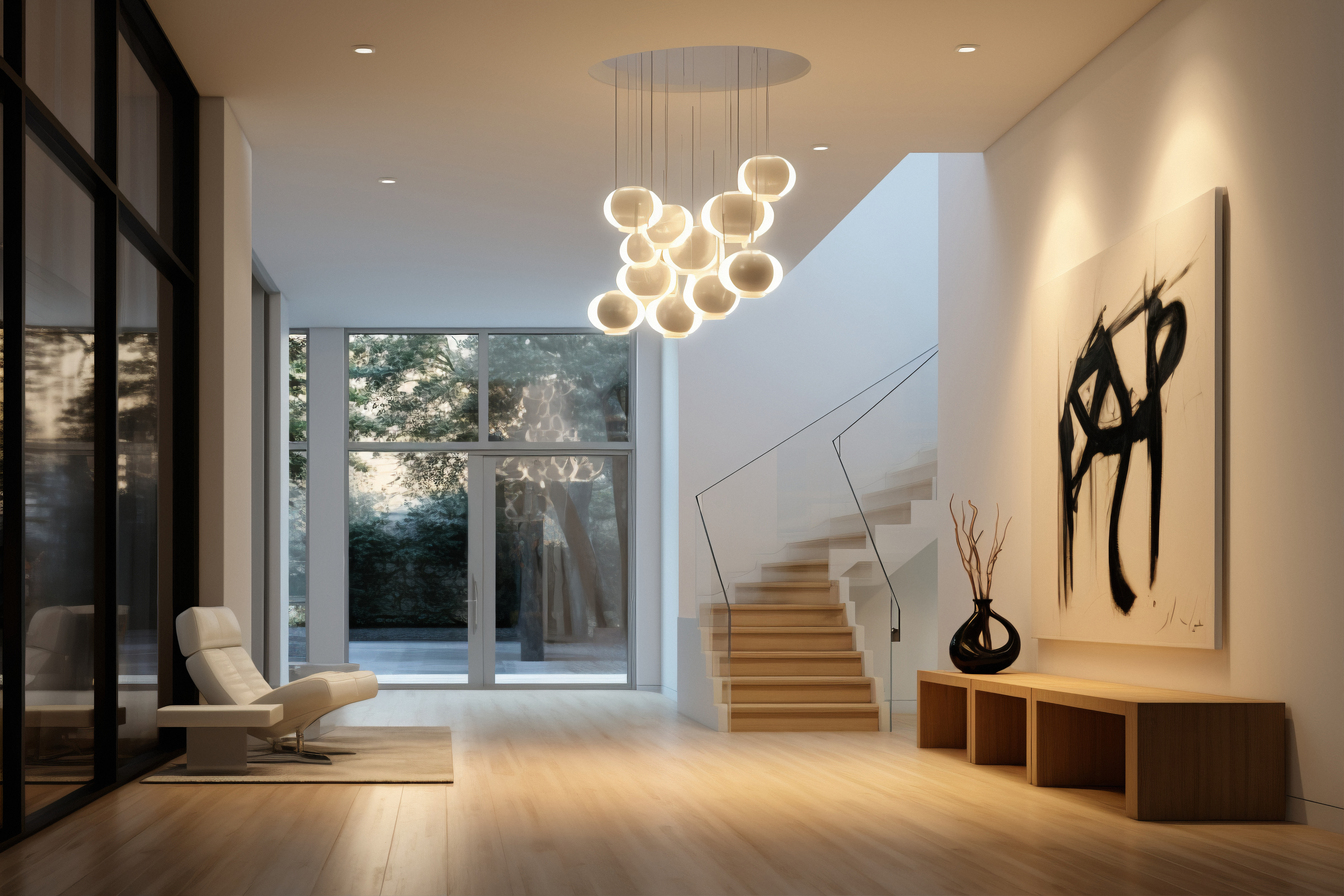How Interior Architecture Transforms Everyday Living Spaces

Interior design is more than choosing cushions and colours. At its best, it changes how people live and move within their homes. While interior decorating often steals the spotlight, it is interior architecture that forms the foundation for truly functional and expressive spaces. This article explores how thoughtful structure supports style, and how great design begins before the furniture arrives.
Interior Architecture: The Hidden Framework of Great Design
Before a single object is placed in a room, interior architecture shapes the layout, proportions, and flow. It considers how people move, how light enters, and how spaces connect. A well planned home supports daily routines without friction. It also enhances how each interior feels, whether that means open and airy or calm and enclosed.
Unlike pure decoration, interior architecture looks at permanent elements. This includes ceiling heights, built in storage, window orientation, and wall placement. These factors influence how effective any decorating or styling will be. Without them, even the best design ideas will feel unbalanced.
Designing with Emotion and Purpose
Interior design is not just visual. It is emotional. A space can make someone feel calm, focused, or inspired. This effect often comes from subtle details like materials, texture, sound, and light. Stone surfaces might ground a room, while warm timber brings softness. High ceilings feel expansive, while alcoves offer comfort.
Interior decorating enhances these effects. A curved chair in a reading corner or a soft rug in an entryway can shift the feeling of a home entirely. But these choices are most effective when the architectural space allows them to shine.
Interior Design Ideas for Living Room Spaces
The living room is where life happens. It hosts quiet mornings, family conversations, and weekend guests. For that reason, function must lead the design. Instead of just matching the sofa to the artwork, consider how the space performs. Does it allow conversation? Does it manage light during the day? Is there a balance between openness and comfort?
One useful idea is to define zones with furniture rather than walls. A modular sofa can create a soft barrier between the lounge and dining area. Low bookshelves can frame a space while offering storage. Add layered lighting, including floor lamps and dimmable ceiling fixtures, to create warmth at different times of day.
Interior Design Ideas Bedroom Layouts That Work
Bedrooms are personal. They are where the body rests and the mind unwinds. Good design here is more about feeling than show. Start by placing the bed with a clear line of sight to the door. This offers a subconscious sense of security. Avoid crowding the room with unnecessary furniture. Each piece should support calm, not clutter.
Use a warm and limited palette. Neutrals work well, but so do deeper tones like navy or olive when paired with soft linen and natural wood. Lighting should be soft and indirect. Wall sconces beside the bed free up space on side tables while offering gentle illumination.
Blending Interior Design Styles Without Conflict
It is easy to fall in love with more than one style. Scandinavian, industrial, and coastal design all have strong appeal. The challenge is making them work together without confusion. The solution is unity through repetition. Use one element consistently, whether it is a material like timber, a metal finish, or a shared colour tone.
If your home leans modern but you love vintage touches, try combining clean furniture with a single standout antique item. This contrast highlights the uniqueness of both without visual overload. Interior design styles do not need to match perfectly, but they do need to connect through balance.
Why Great Design Starts with Good Planning
No matter how stylish a space looks, if it fails to support daily living, the design has missed its purpose. Interior architecture ensures that the foundation is right before details are added. It avoids common pitfalls like awkward layouts, dark corners, or underused rooms.
By combining interior architecture with smart interior decorating, homes become more than pretty rooms. They become tools for better living. Each decision, from lighting to flooring, plays a part in how a space performs. And that performance defines whether a home truly works for its people.
Final Thoughts: More Than Just a Pretty Space
Interior design is not only about taste. It is about intention. It reflects how people live, what they value, and how they find comfort. Whether you are searching for interior design ideas for the living room, updating a bedroom layout, or exploring new interior design styles, start with how you want to feel in your home.
Design should never be rushed or copied blindly. Instead, it should grow from real life. When interior architecture and decoration work together, the result is a space that not only looks beautiful but also feels right day after day.

